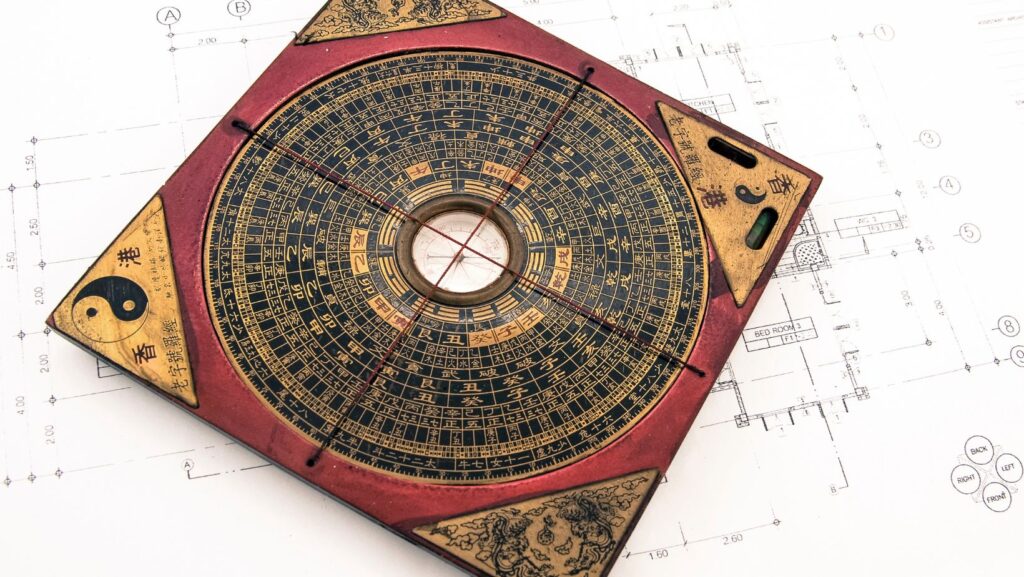
In the realm of ancient architectural philosophies, Vastu Shastra from India and Feng Shui from China stand out as guiding lights for creating spaces that resonate with positive energy. While each has its unique principles, there exists a fascinating harmony when integrating Vastu and Feng Shui. This blog explores the symbiotic relationship between these two ancient practices and how their combined wisdom can elevate the energy in your living space.
Understanding Vastu Shastra and Feng Shui
It is referred to as the “science of architecture,” has its roots in ancient Indian scriptures. It emphasizes the balance of the five elements – Earth, Water, Fire, Air, and Space – to create harmonious living spaces. The alignment of structures with the cardinal directions and the selection of materials contribute to the overall well-being of the occupants.
Feng Shui, on the other hand, is a Chinese metaphysical practice that focuses on the flow of Qi (energy) to promote health, wealth, and happiness. It involves the strategic placement of objects, colors, and elements to optimize the energy in a space. Feng Shui practitioners believe that the arrangement of the environment directly influences the quality of life.
Essential Elements of Vastu Shastra:
Directional Alignment: Vastu emphasizes the significance of cardinal directions. Each direction is associated with specific elements and energies, and aligning rooms and entrances accordingly is believed to enhance positive vibrations.
Energy Centers (Vastu Purusha Mandala): The layout of a building is designed in harmony with the Vastu Purusha Mandala, a cosmic energy grid. Each section of the grid corresponds to different aspects of life, and proper alignment is thought to bring balance and positive energy.
Five Elements: The balance of the five elements in various parts of a home is crucial. For example, having a water feature in the northeast can attract prosperity, while a fireplace in the southeast can enhance fame and recognition.
Feng Shui, originating from China, is an ancient art and science that also revolves around the concept of energy flow, known as Chi or Qi. The term translates to “wind-water” in English, reflecting the essence of harmonizing with the environment.
The principles are deeply rooted in Taoist philosophy, focusing on the dynamic balance of Yin and Yang energies. The goal is to create a harmonious environment that supports the flow of positive energy, bringing about prosperity, good health, and overall well-being.
Key Principles :
Bagua Map: Similar to Vastu’s emphasis on directional alignment, Feng Shui employs the Bagua map to divide a space into nine areas, each corresponding to different aspects of life. Enhancing and balancing these areas is believed to invite positive energy into one’s life.
Five Elements: Like Vastu, places importance on the five elements—wood, fire, earth, metal, and water. Balancing these elements in the home is thought to create harmony and vitality.
Chi Flow: The free flow of Chi energy is a central tenet of Feng Shui. Clutter, obstacles, or misaligned furniture can disrupt this flow, leading to stagnation and negative effects on health and well-being.

Harmonious Connection: Where Vastu Meets Feng Shui
While Vastu Shastra and Feng Shui have distinct cultural origins, they share common ground in their fundamental principles. The underlying concept of aligning with natural energies, balancing elements, and creating a positive environment is a thread that connects these ancient practices.
Alignment of Elements: Both Vastu and Feng Shui recognize the significance of the five elements and their impact on energy flow. Whether it’s the placement of a water feature or the use of specific colors, the aim is to create equilibrium within a space.
Directional Harmony: The emphasis on cardinal directions in Vastu aligns with Feng Shui’s use of the Bagua map. Both systems highlight the importance of proper directional alignment to harness positive energies.
Holistic Well-Being: Vastu and Feng Shui extend beyond physical spaces; they consider the holistic well-being of individuals. The intention is to create an environment that nurtures mental, emotional, and spiritual balance.
Practical Tips for Harmonizing Your Space:
Balance the Elements: Introduce representations of the five elements in your home, such as plants for wood, candles for fire, or water features for water.
Clear Clutter: Both Vastu and Feng Shui advocate for a clutter-free environment. Decluttering not only enhances the flow of energy but also promotes a sense of order and calm.
Natural Light and Ventilation: Ensure proper natural light and ventilation in your living spaces. This not only contributes to a positive atmosphere but also aligns with the principles of both practices.
Conclusion: Cultivating Harmony in Your Home
In the pursuit of a harmonious and balanced life, the convergence of Vastu Shastra and Feng Shui provides a powerful framework. By embracing the common principles of elemental balance, directional alignment, and energy flow, individuals can create living spaces that resonate with positive vibrations.
The synergy between Vastu and Feng Shui transcends cultural and geographical boundaries, offering a universal approach to holistic well-being. As you embark on the journey of harmonizing your home, consider drawing inspiration from these ancient practices to unlock serenity and cultivate a life in balance.
